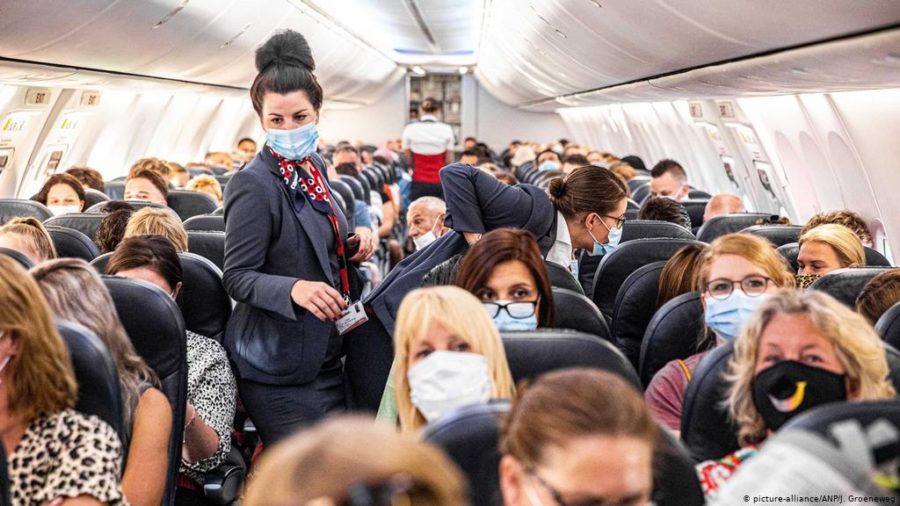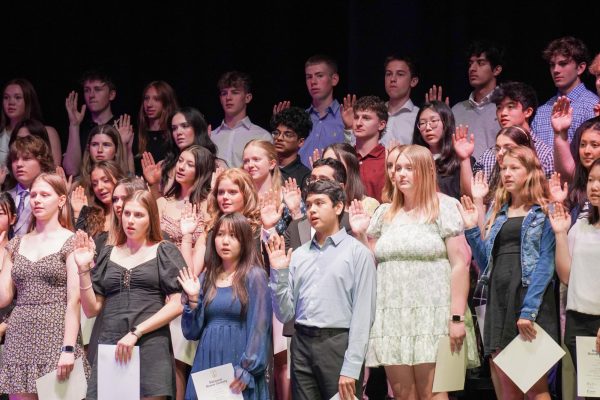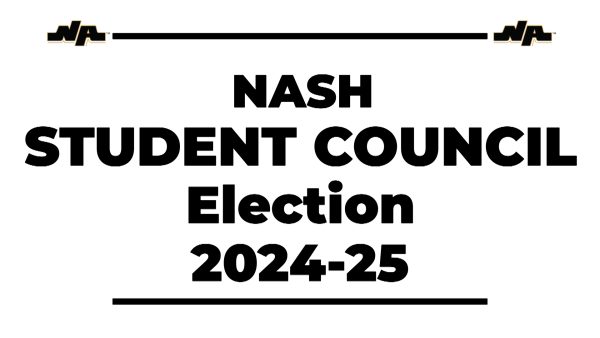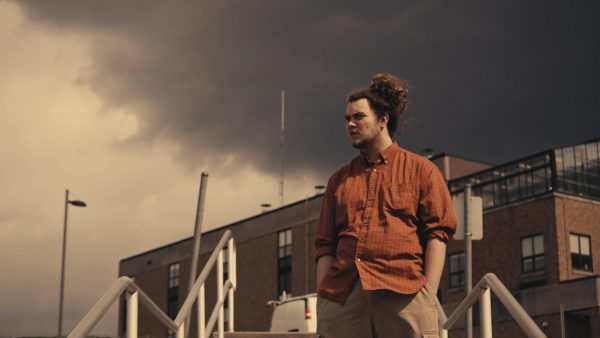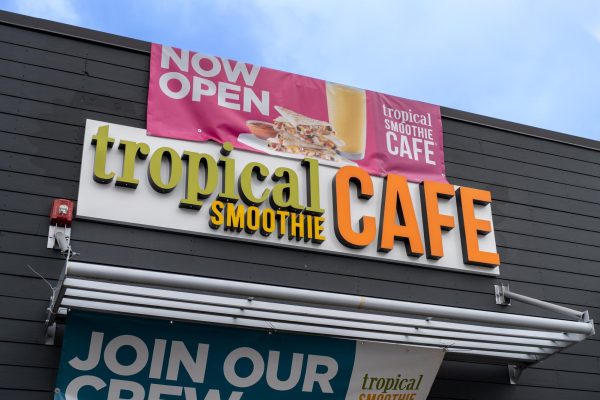The Current State of Air Travel
COVID-19 hit airlines hard. However, better days are ahead.
April 13, 2021
When the pandemic caused the first worldwide lockdowns a little over a year ago, the entire airline industry was shut down. Air travel, both leisure and business, stalled for almost an entire year.
As vaccinations continue to roll out, confidence in the industry has returned. On April 8, 2020, 87,500 travelers passed through TSA checkpoints. One year later, 1.5 million people passed through the same checkpoints. Even though these numbers are still 30% below 2019 levels, many are now looking optimistically about the future.
Even with a bright future, the pandemic is very much a present issue.
The federal government did not require masks on flights until January of this year, even though each of the major carriers had long required them. Many groups have done ratings on how major carriers are responding to the pandemic and the rules put in place, and Delta is seen as the safest option.
Recently, airlines have begun lifting restrictions on the load capacity on flights, resulting in many full flights. However, the mask requirement still stands and has continued to limit the spread of the virus on flights. Also, all passenger airliners are equipped with hospital-grade air filtration systems that rapidly remove airborne particles. Airlines have also stepped up cleaning procedures before and after flights to keep passengers safe.
Food and drink services have also been altered to elevate safety standards. Many airlines have resorted to pre-packaged plastic bags of snacks and drinks, limiting the number of hands these touch before going to a passenger. American Airlines has stopped all service on flights under two hours, but requests can still be made for food or drinks.
Each airline has responded differently to the restrictions and regulations, but each has been able to look toward the future.
Recently, Southwest put in a new order of 100 737 MAX 7’s, showing faith in the rebound of the industry. This is on top of United’s additional order of 25 MAX Series Planes last month.
Considered an extremely volatile business, concern arose over the airline’s ability to weather the storm of the pandemic. However, since the initial stock crash, all of the major US carriers have been able to return to pre-COVID stock prices. With the bailout in the relief package, around 750,000 jobs have been restored across the industry. Each carrier was able to avoid layoffs or furloughs, and instead opt for early retirement packages for older employees. Among those who took early retirement was Southwest Captain Tammie Jo Shults, who maneuvered Flight 1380 to the ground after its engine number one exploded.
With early retirements being forced onto airlines, the concern over a long-term pilot shortage has continued to rise. Boeing projects that 730,000 new pilots will need to be hired worldwide by 2037. American regional airlines are already starting to feel the pinch. Compass Airlines ceased operations in 2020, and Horizon Air has stated that they are pessimistic about the future with a pilot shortage.
Interest in pilot careers stalled after 9/11. Low regional wages, long waits to major airlines, and poor quality of life all stained a profession long revered. Since the economic recovery after the 2008 market crash, many of these issues have been resolved. Many regionals offered large signing bonuses to new hire pilots, and major airlines have introduced flow programs and partnerships with colleges and other aviation schools.
Many experts believe that women and other minority groups hold the key to fixing the shortage. Airline pilots are a group massively dominated by men, with only 6 percent of pilots across the country female.
How this affects airlines in the US will be seen in the future. After all, America pays its pilots extraordinary well and gives tenured employees great benefits. The major players in the industry have already set up their solutions to fix the problem, but many of the programs were created pre-pandemic.
Pilotless planes are still quite far away from seeing use. The world was given a blunt and deadly reality check when Boeing’s MCAS system overrode pilot commands on two 737 MAX 8’s two years ago. It took almost two years to put the plane back into safe passenger service. All of this creates a necessity to have skilled pilots in cockpits for many years to come.
Despite some concerns over the long-term future, airlines have acted strongly to present market trends.
As the industry continues its revival, one hotspot in the country must be noted. Often criticized for its response to the pandemic, the state of Florida is seeing travel and tourism thrive. Each major airline has opened new routes into the state, such as Fort Myers, Tampa, and Miami.
With tourism travel thriving while business travel still lagging behind, airlines geared toward that type of route network have been able to rebound much quicker. Spirit Airlines has done considerably better than American, for instance. However, American is joining in on the Florida boom, with new routes into a few cities.
Air travel was among the hardest hit industries when it came to dealing with the pandemic. Nevertheless, travel is up domestically and airlines are now able to look at the future optimistically. COVID remains the central concern, but experts believe in a full recovery. Air travel is still incredibly safe, both in the travel in itself and pandemic procedures. As many say, see you in the skies!

